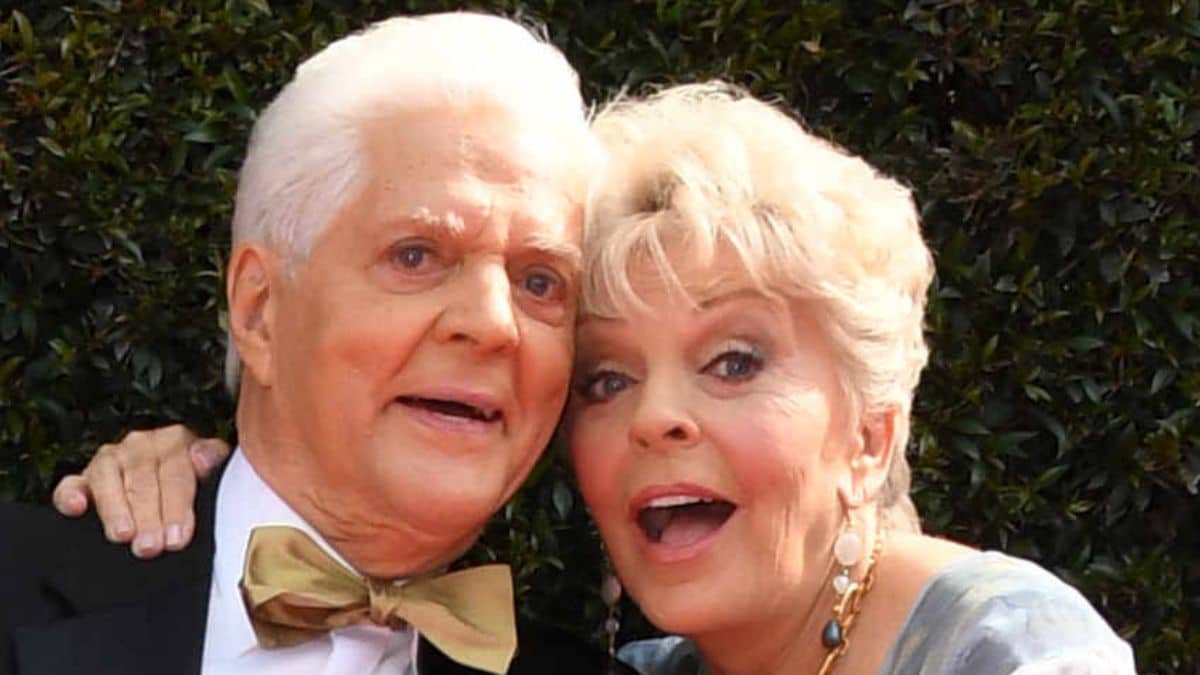He was ten and terminally ill. But he had a Steinway smile and an invitational attitude. His malady had left him totally blind.
“You should meet this kid,” the CEO of the hospital announced as we were making hospital rounds in preparation for my keynote to the staff. She quietly outlined the boy’s not-so-good prognosis as we approached his hospital room.
“How are you doing?” asked the CEO as we got closer to the young boy’s bed. “If I was a dog,” he quipped, “my tail would be wagging!” His ecstatic laugh shot out of the room and landed halfway down the hall corridor.
“Are they treating you okay?” I asked, trying to get a grip on this awesome bundle of joy, patiently waiting to die. “Yes, sir! They make me feel purple,” he responded.
“Purple?” I queried, “Whattaya mean?” With a twinkle in his eye, he replied, “They tell me neat stories, they listen to all my questions, they get me what I need super fast…and then, they give me a hug. It makes me feel like a prince—all purple!”
Pink historically has been a girl color as blue is a boy color. But purple is a princess (or prince) color—a hue of nobility. A quick look at the history of purple reveals its early association with royalty. Purple was very expensive in antiquity since the dye was made from a secretion produced by a rare species of snail. According to the 4th century BC historian Theopompus, “Purple for dyes fetched its weight in silver.”
Great leaders are purple makers. They are clear on the fact that there is a direct line between how employees feel and how they make customers feel or how much passion is put into their work. A leader cannot “make” someone feel a particular way. As Eleanor Roosevelt once said, “No one makes you feel inferior without your permission.” She could have substituted any emotion (happy, sad, excited, or apathetic) for the word “inferior.” But leaders can influence how employees choose to feel exactly in the fashion outlined by the junior philosopher.
“They tell me neat stories….”
Effective leaders are storytellers. They are clear on the fact that traditions, values, and beliefs are clearly communicated through anecdotes. While communication today is rapid and often overheated through e-mails, the present atmosphere of a tribe and the future awareness of legacy are still both accomplished through the retelling of stories.
Stories telegraph a set of norms unique to the organization. CEO Richard Branson is a master storyteller. In an interview with Carmaine Gallo for Forbes, Branson said, “I love telling ‘The Virgin Story’ about its ups, downs, opportunities, and challenges because it is what attracts people to its products and services, as well as attracting employees to join the Virgin family. We would be nothing without our story.” When Marriott managers tell of founder J. Willard Marriott noticing customers buying sandwiches at his restaurant near the D.C. airport to eat on the plane and then his starting the first meal catering service to the airlines, they are really saying, “Take care of customers and look for opportunities to serve.”
Just as great teachers have always used stories to foster learning, great leaders tell stories to serve as the glue to mold a gathering of people into a partnership of colleagues. If stories are told with consistency, conviction, and clarity, they are heard. If stories are followed by aligned actions and obvious accountability, they are believed. If stories are repeated by those not the subject of the tale, they are remembered.
“They listen to all my questions….”
“But you don’t listen to me.” It was the ages-old line a teenage boy shot point-blank at his frustrated father in the heat of their verbal battle. The words ricocheted across several neighborhood yards. And it tactlessly lassoed everyone in earshot into involuntary eavesdropping.
“What do you mean?” his father responded in his own defense. “I listen to you all the time.” The decibel level of their fight suddenly went hushed and died after the next heart-splitting line.
“You and mom listen to me talk. But my friends listen to what I say!”
The lament of the teenager was for recordings on the heart, not for sound waves on the ear. He did not feel understood and therefore valued. Today’s employees feel over-surveyed and undervalued. Too much effort goes into listening to employees talk rather than listening to what is said and meant. Too often, the pursuit is for facts rather than feelings, conversation instead of candor.
Leadership connections are like electrical connections. The most effective power comes from connections that are grounded and on the same wavelength. Employees are much more focused when they can operate from a wholesome, solid (no B.S.) position. Their commitment also soars when the interaction between leader and employee is one of mutuality—that is, it has the spirit of interpersonal dialogue.
“They get me what I need super-fast.”
Great leaders blend attentive learning with rapid action. AlphaGraphics is a chain of quick-copy print shops around the country. “What are ways you think we act differently than what we say or promise?” asked Dallas store manager Butch Clarke of a customer one day as a print job was being picked up.
“You talk about the right job right at the right time, but I don’t see a clock anywhere,” responded the frequent customer. “Why don’t you put a big schoolhouse wall clock where both your employees and customers can see it?”
“Great idea,” Butch answered. Opening the cash register and withdrawing a $20 bill, he turned to his colleague and said, “Steve, please take this money to the store at the end of the block and buy us a big battery-operated wall clock to put on the wall right there. We can do the paperwork later.”
The move was dramatic. No sooner had Butch learned of an improvement idea from a customer, but he implemented the idea right in front of the customer. No, you can’t instantly implement every idea every customer or employee suggests. And employees and customers don’t expect you to do everything they ask for. It is being valued that employees and customers light up about.
Great leaders have a strong drive for implementation. There clearly is value in careful planning and thoughtful preparation. However, until there is execution, no plan is flawed, and no preparation is inadequate. Execution spotlights all. Cultures can get enamored with the preliminaries since there are no consequences. Sometimes, the rapid, daring example of a Butch Clarke reinforces an attitude that it is better to fail moving forward than to fail standing still.
“And then, they give me a big hug.”
“Don’t ever hire someone you’d be reluctant to hug,” a highly successful CEO shared with a group of new managers. This CEO was not speaking of the workplace as a country club or fraternity house. Nor was he advocating leaders be huggers. Some people are uncomfortable with public displays of affection. Instead, he was espousing a belief that greatness emanates from a culture of affiliation and affirmation. When people work around people they genuinely enjoy, that spills over into their dealings with customers, and into the pride they show in their work.
He was also implying that great leaders eliminate obstacles to expressing affection. And, “non-huggable” could be a barrier. Watch leaders in organizations known for greatness. Without exception, they are quick to affirm others. From a warm nod to a pat on the back to a big bear hug, they boldly and obviously express kinship with associates. Some are interpersonally shy and awkward with affirmation. Yet, they soar past their own internal reservation because they value the impact affirmations have on others.
“Feeling purple” is an individual choice. But that choice is more easily taken when, behind the front-line associate, stands a leader “telling neat stories, listening to all their questions, assertively getting associates what they need…and, then giving them a big hug!”
Written by Dr. Chip R. Bell.
Have you read?
Crisis Management, Strategic Crisis Communication, and the relationship between them by Fotis Pantopoulos.
5 Ways to Lead in Uncertain Times by James Nelson.
People First: Why Employee-Driven Selection Matters in the Workplace by W. Ross Honey.
Building Your CEO Career The Hard Way: And Why You Should Want To by Steven L. Blue.
How Leaders Can Cultivate a Fighter Pilot Mindset & Fail Forward by Kim “KC” Campbell.
Track Latest News Live on CEOWORLD magazine and get news updates from the United States and around the world.
The views expressed are those of the author and are not necessarily those of the CEOWORLD magazine.
Follow CEOWORLD magazine headlines on: Google News, LinkedIn, Twitter, and Facebook.
Thank you for supporting our journalism. Subscribe here.
For media queries, please contact: info@ceoworld.biz




















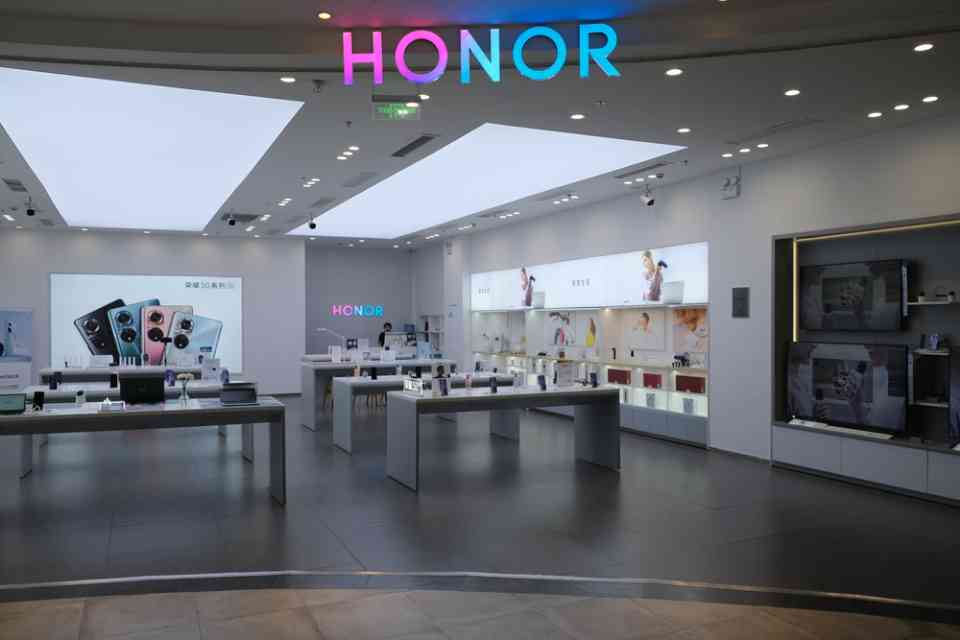






















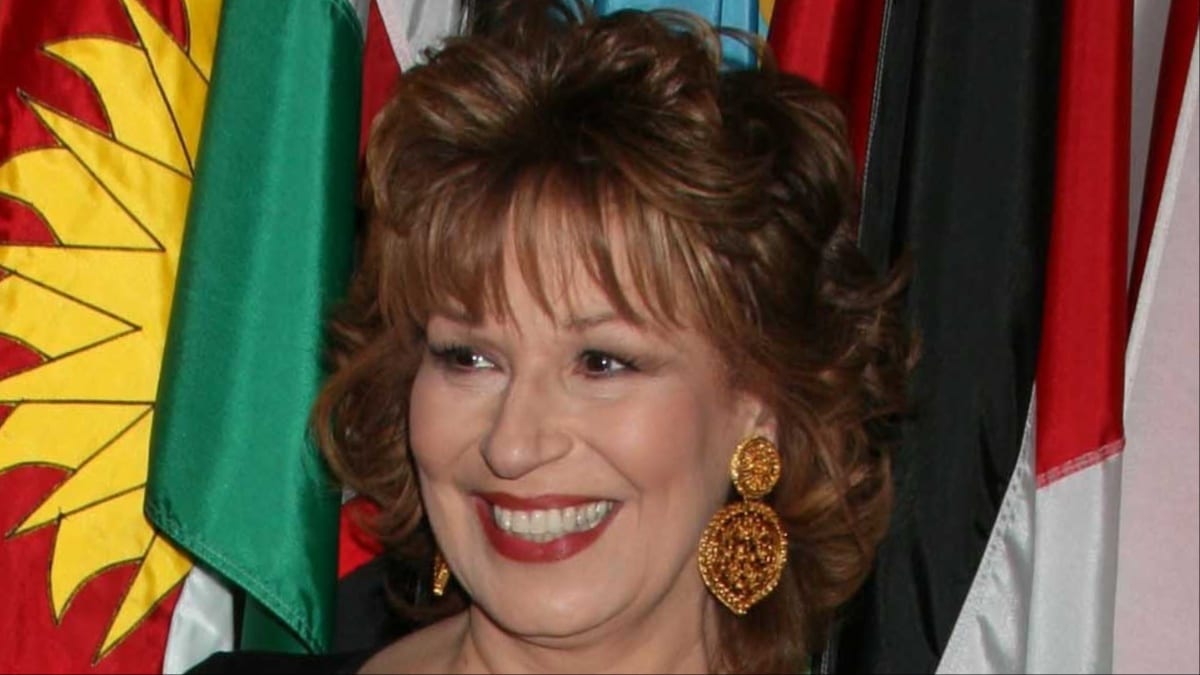





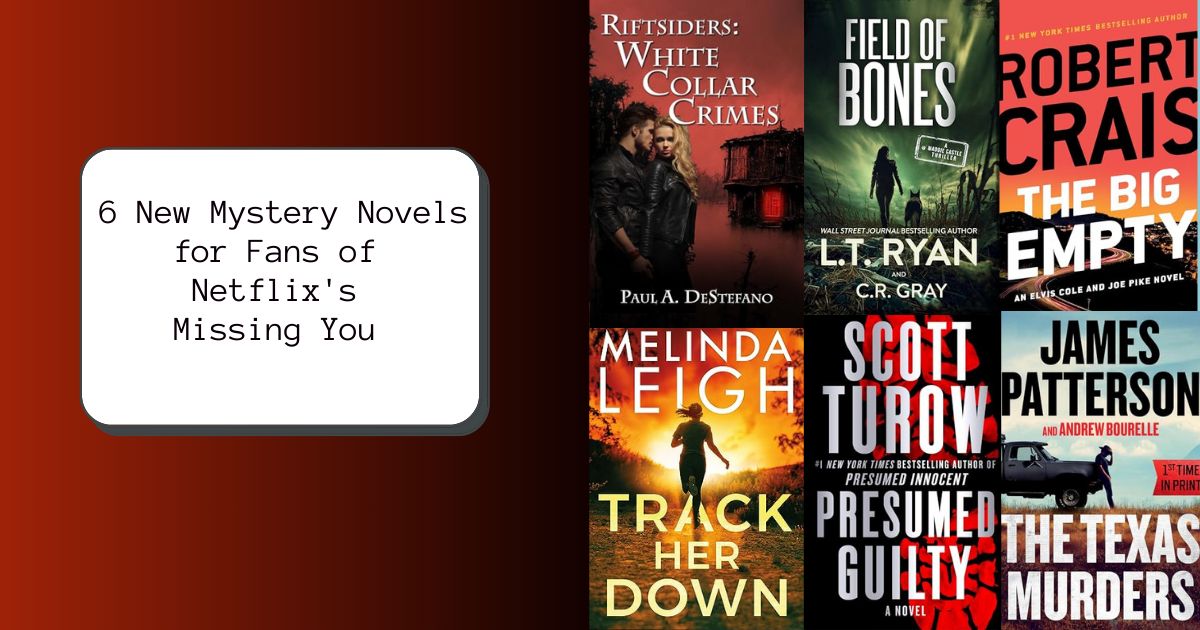






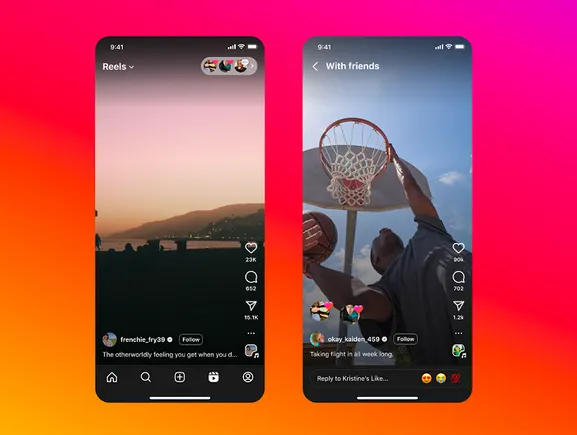

![Social Media Spring Cleaning [Infographic] Social Media Spring Cleaning [Infographic]](https://imgproxy.divecdn.com/9e7sW3TubFHM00yvXe5zvvbhAVriJiGqS8xmVFLPC6s/g:ce/rs:fit:770:435/Z3M6Ly9kaXZlc2l0ZS1zdG9yYWdlL2RpdmVpbWFnZS9zb2NpYWxfc3ByaW5nX2NsZWFuaW5nMi5wbmc=.webp)
![5 Ways to Improve Your LinkedIn Marketing Efforts in 2025 [Infographic] 5 Ways to Improve Your LinkedIn Marketing Efforts in 2025 [Infographic]](https://imgproxy.divecdn.com/Hv-m77iIkXSAtB3IEwA3XAuouMwkZApIeDGDnLy5Yhs/g:ce/rs:fit:770:435/Z3M6Ly9kaXZlc2l0ZS1zdG9yYWdlL2RpdmVpbWFnZS9saW5rZWRpbl9zdHJhdGVneV9pbmZvMi5wbmc=.webp)







